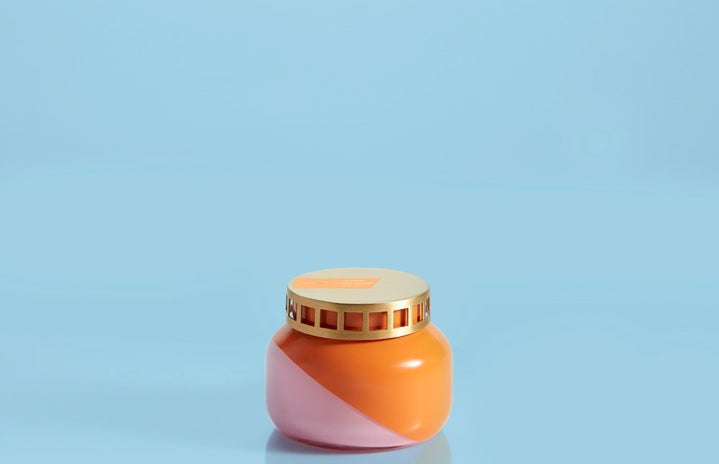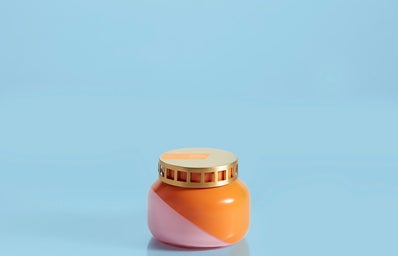It feels good to smell good! Part of smelling good is using deodorant, especially if you’re going to be exercising or working in a high-pressure situation.
A few years ago, I discovered that the aluminum in some of my favorite deodorants was not healthy for my skin. With overuse, my underarms began to get rough, and when I asked my doctor, she suggested switching out my typical deodorant for a natural one. She also mentioned that the aluminum used in deodorant was under suspicion for causing certain kinds of skin cancer. So whether or not your arms are developing a strange texture, it’s a good idea to dump the usual deodorant and try out a natural substitute!
I went to the store and tried several kinds of natural deodorants and antiperspirants. Some of them didn’t work for me, and others caused my skin to peel. A few were acceptable but cost almost $18 per stick! I knew I had to come up with another solution if I wanted to save my skin and my dollars.
The solution was homemade deodorant!
Here’s what you’ll need:
- A microwaveable bowl
- A spoon or small spatula
- 5-6 Tablespoons of solid coconut oil
- ¼ cup cornstarch (substitutes: potato starch, arrowroot powder, or tapioca flour)
- ¼ cup baking soda
- 1-3 drops of essential your favorite oil (optional: This is only used to add scent should you want any. It’s totally fine to not use it, especially if you have sensitive skin! I personally add 1 drop of orange or lemongrass oil for a bit of scent.)
- A jar (or empty deodorant stick) to put your completed product in
Here’s what you’ll do:
- With your ingredients ready to go, start by adding the coconut oil to the bowl. If you’re using essential oils, you most likely will only need 5 tablespoons of coconut oil. You can always add more if the final mixture is too thick.
- From there, microwave it until it’s liquidy.
- Next, mix in the rest of the ingredients until smooth. The final product may have some texture to it, but there shouldn’t be any large clumps of powder. You can always sift in the dry ingredients if you want to make it as smooth as possible, but vigorous stirring should also do the trick.
- Put your deodorant into the desired container to cool and solidify.
Ta-da! All-natural, homemade deodorant!
To use it, simply warm it up with your fingers, and apply it to the desired areas. If you added it to an empty deodorant stick mold, it can be applied like regular deodorant! I have mine in a jar, so it can be used very similarly to a solid lotion. For some extra pizzaz, it could be put in a silicone soap mold and turned into a bar that way. During hot summers or intense workouts, I also apply it to places that might chafe or get extra sweaty. (Thighs and under the breasts, anyone?)
Now that you have this awesome homemade deodorant, let’s take a look at what makes it work:
- Coconut oil: moisturizer
- Cornstarch: thickener and quick-drying agent
- Baking Soda: deodorizer
- Essential Oil: added scent
This deodorant eliminates the aluminum and the extra costs of store-bought alternatives. It can also make a great gift alongside some homemade soaps and bath bombs or salts!
Now go and try it for yourself! Never be afraid of not smelling fresh again!


